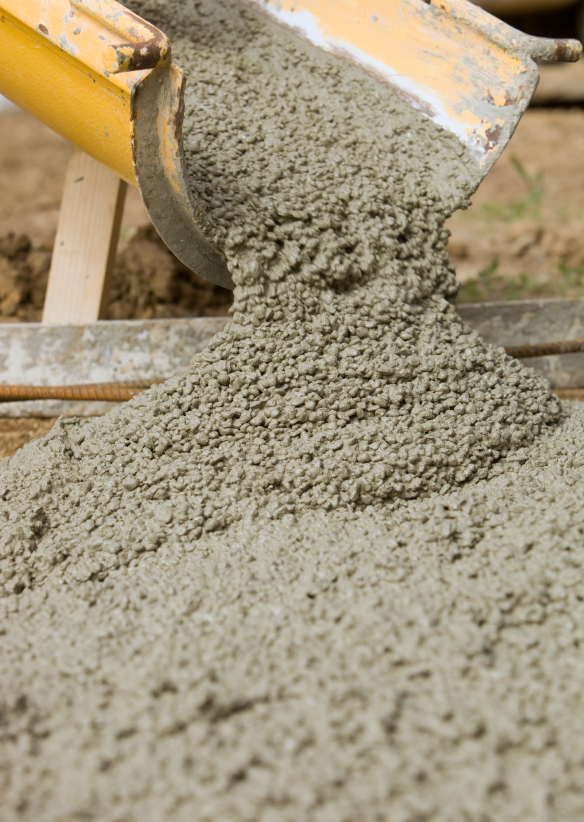
Do you know the insulated concrete method for formwork? It consists in replacing the wood formwork with a polystyrene foam formwork (rigid insulation), for the foundation and the above-ground walls. The framework is an integral part of the wall because it stays in place after the concrete work.
This method offers several benefits: increased fire resistance, noise reduction, improved energy efficiency, strength and long-term profitability.
Energy efficiency may be the most obvious benefit. The walls are insulated without air space or thermal bridges inside and outside, from the footing to the roof. The building is impervious to heat loss and air infiltrations if the caulking around the openings is done properly.
This type of construction ensures sustainable development. In ideal conditions, poured concrete in an insulated framework provides a practically indestructible product that will resist humidity, insects and any type of degradation for a long time.
However, keep in mind that this type of framework costs a little more than a standard construction and, generally speaking, the work requires some basic experience. This type of work is not meant for amateur handymen.
If they aren’t well supported, the frameworks can lift or move when the concrete is poured, causing the walls to deform.
Also, the insulated framework being stable at all times, it can hide impurities in the concrete, such as cracks or beehives (cluster of rock and lack of concrete surrounding it). It is recommended that a superplasticizing additive be added to the concrete mix to obtain a more liquid consistency of the concrete and to reduce risk.
Photo: iStockphoto LP